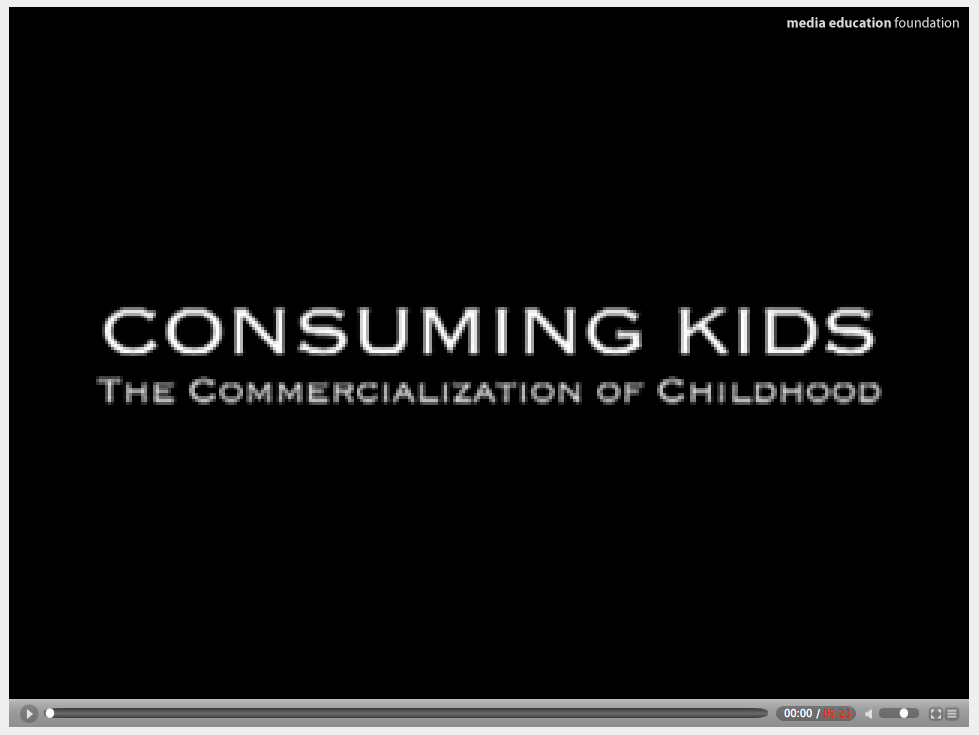Documentary Films
Although documentary films were once reserved for classrooms and other educational venues, in the past ten or fifteen years they have become major box office successes. Whether analyzing the social, economic, and political impacts of America’s relationship to firearms or the migratory behavior of emperor penguins in Antarctica, documentary films have become a common offering at a theater near you.
Documentary films analyze and interpret a topic by “documenting” its existence in nature or society, filming real events, places, people, or phenomena on location, rather than using actors on sets. They ask questions that approach the topic from multiple angles, helping the audience understand it in different contexts. A question—such as “What would happen if we ate only fast food?”—may begin a documentary film’s investigation, but other questions soon become necessary for the documentary’s treatment of its topic to feel complete to the audience: How should we define “fast food”? When did people start eating it? How much of it do people eat now? Does eating fast food impact our health? Does the success of the fast food industry have any significant economic or social consequences? Do people in different countries consume and think about fast food differently than Americans do? Why?
Some makers of documentary films are experts on the topic being documented, or employ experts as consultants during the research and filming process. Others are exploring the topic in depth for the first time, relying on the evidence they discover while making the documentary to shape the film’s interpretation of its topic. Whether specialists or newcomers, good documentarians pursue a wide range of credible evidence in order to interpret the significance of their topics. As filmmakers, they can use material that might not be accessible to analytical writers restricted to a print medium. When interviewing an expert or other subject, for instance, documentarians are able to present complex emotional responses that would be difficult to describe in words or capture in a still image alone.
 | Adriana Barbaro and Jeremy Earp |
Consuming Kids: The Commercialization of Childhood |
Adriana Barbaro and Jeremy Earp work for the Media Education Foundation; Barbaro is the Director-Producer of Consuming Kids, and Earp is MEF’s Director of Production. MEF states that its mission is to produce and distribute “documentary films and other educational resources to inspire critical reflection on the social, political, and cultural impact of American mass media.” Among its other documentary films are Beauty Mark: Body Image and the Race for Perfection; Dreamworlds 3: Desire, Sex, and Power in Music Video; and Blood and Oil, which respectively analyze America’s obsession with thinness and physical perfection; music videos’ portrayals of girls and women; and war’s relationship to the oil industry.
Like these other films, Consuming Kids asks questions concerning a specific sociopolitical phenomenon (in this case, advertising that is aimed at children), inviting the audience to reconsider the significance of something they likely encounter on a daily basis. Although this video is actually the film’s trailer, it gives a clear idea of how a documentary goes about investigating and analyzing its topic; the trailer functions as an outline describing a more extensive analytical piece.
| Starting a Conversation: Respond to “Consuming Kids” | |
 | In the text boxes below, respond to the analysis presented in the trailer by answering the following questions: |
Question
Question
Question
Question
Question
